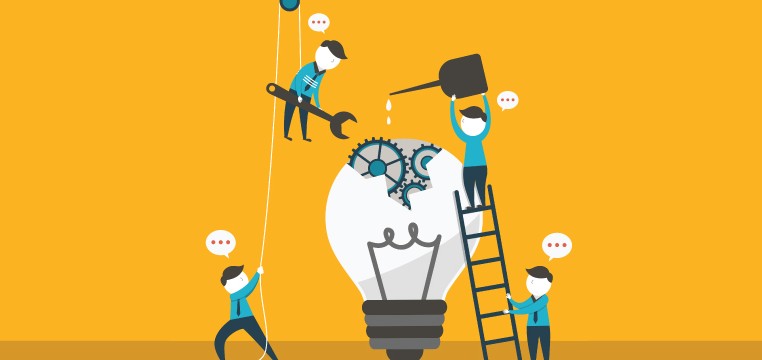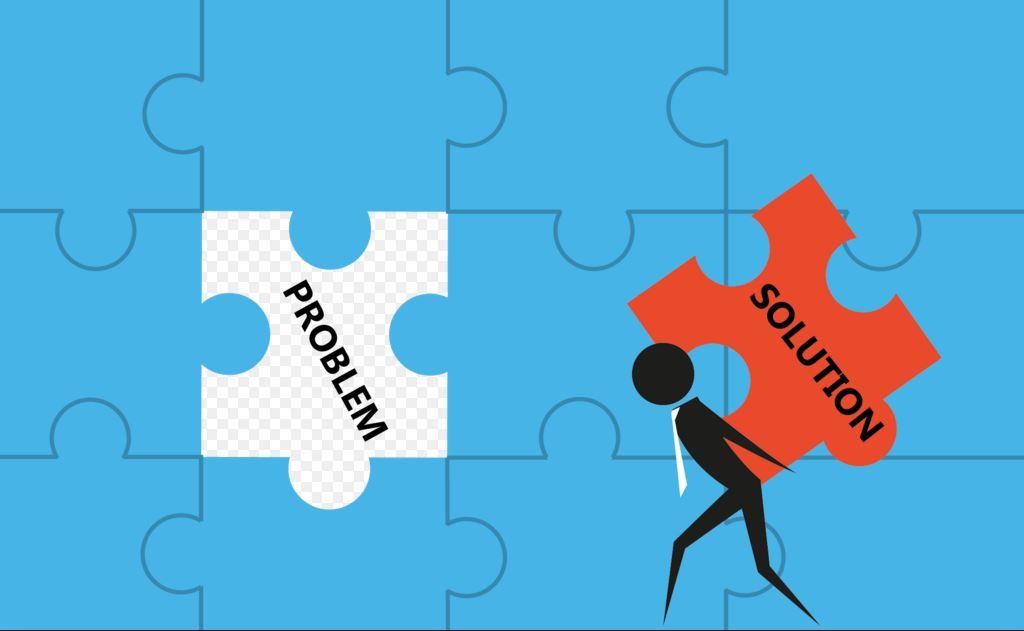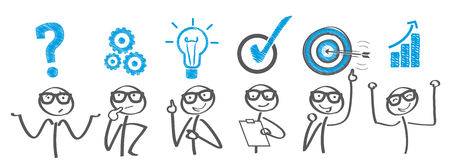The term design thinking has been making a round the past few years. Designers use it. Marketers use it. Engineers use it. Managers use it. Pretty much everybody seems to dwelling on design thinking. So what then is design thinking? Although design is most often used to describe an object or end result, design in its most effective form is a process; a protocol for solving problems and discovering new opportunities. Simply put, Design Thinking is nothing but a non-linear problem-solving approach that is rooted in human empathy and conducted collaboratively by multidisciplinary teams in any project.
Which means what? Basically design thinking further refines the end user experience by personalising experiences for clients and making a conscious effort to incorporate user perspectives into project design and manufacturing. Design thinking is not an academic exercise but rather a design methodology that humanizes the problems with deep empathy and understanding, makes models that unpack the complexity of the problem and explores the solution with tangible prototypes. All that with a team that’s able to bring many perspectives to tackle the idea.
Even though design thinking feels like a new concept, its not. The basic idea to approach problem-solving non-linearly has been around since 1991 when David M. Kelly adapted this methodology in his design consultancy IDEO. Who in turn got the idea from his Stanford colleague Rolf Faste, who by the way, was inspired by Robert McKim’s 1973 book Experiences in Visual Thinking. McKim attempted to break down a designer’s approach to problem solving by understanding and imbibing thought processes of architects, designers, and artists.
Design thinking heavily relies on human empathy, specifically the customer journey experience. It employs user insights report and predictive analysis to bring an idea to life and make it a tangible concept for people and/or the community. Design thinking takes into account how a team thinks about their work, how they talk about work, how they communicate with the larger organization and how they evaluate ideas. It even accounts for people who are in the business or any body who is even tangentially involved with a project. Basically, design thinking humanises a business or technical project and incorporates unpredictive human behaviour analysis. Design thinking involves professionals from all walks of life: strategists, researchers, designers, engineers, technologists, managers, etc.
So why the sudden interest in design methodology you ask? With the impact of machine learning and artificial intelligence becoming more and more prominent, it has become imperatively clear that automation is going to take over almost every sphere of business, technology and service. Let’s take shopping for example. Traditionally one of the most socially interactive activities, shopping isn’t what it used to be. >cough< Amazon go >cough< Furthermore, organizations today face multifaceted problems that are part of increasingly complex business models. Continued expansion of global transactions, supported by partnerships that can span large ecosystems, create unique opportunities and unique challenges for businesses. Design thinking provides these organizations a way to drive growth and profitability without disruption.
Non-linearity of the approach and its level of ambiguity can be a stressful concept to work with. But that’s the idea of design thinking: to absorb and imbibe a unique approach at every step of the process. After all, competition is tough. And if a company wants to survive, it need to adapt and innovate seamlessly.




